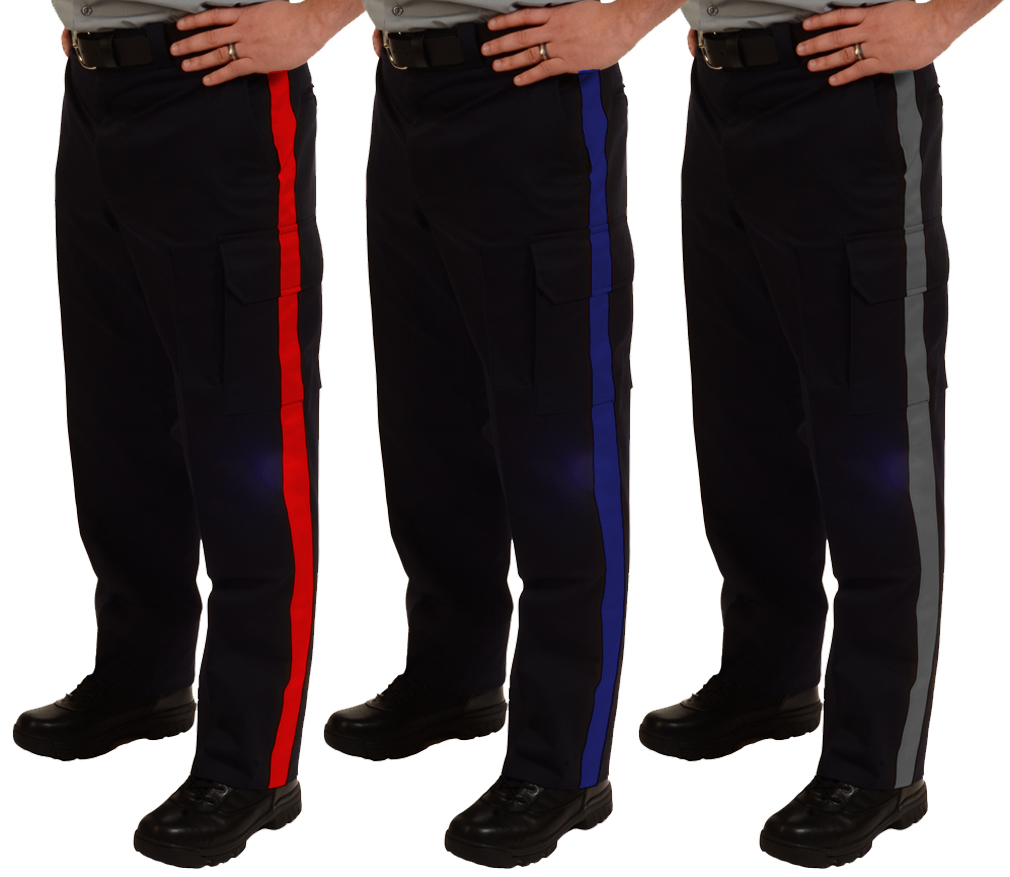-
- Service Stripes: Service stripes, also known as hash marks, are worn on the sleeves or pant legs of military and paramilitary personnel. Each stripe typically represents a certain number of years of honorable service. For example, in the United States armed forces, one stripe often corresponds to three or four years of service. Service stripes demonstrate the individual's experience and dedication to their organization.
- Rank Stripes: Rank stripes are used in military and police uniforms to indicate an individual's rank or position within the organization's hierarchy. These stripes are usually located on the sleeves or pant legs, and the number, color, and arrangement of the stripes may vary across different armed forces or police departments. Rank stripes help identify leaders and maintain a clear chain of command.
- Piping Stripes: Piping stripes are decorative stripes that run along the sides or edges of uniform pants. They are often seen in sports uniforms, airline personnel uniforms, and certain professional organizations. Piping stripes can come in various colors and widths, and their primary purpose is to enhance the visual appeal of the uniform while providing a distinctive and professional look.
- Specialty Stripes: Certain professions and roles require specific identifiers on uniform pants. These specialty stripes signify additional training, expertise, or qualifications within a particular field. Examples include medical personnel wearing colored stripes denoting specialization (e.g., red for surgery, blue for pediatrics), firefighters with stripes representing different ranks or skills, and pilots with stripes indicating flight hours or experience levels.
- Honor Stripes: Honor stripes are awarded to individuals who have displayed exceptional bravery, valor, or merit. These stripes are often granted for acts of heroism, outstanding performance, or specific accomplishments. Honor stripes serve as a visible recognition of extraordinary achievements and can be found on various types of uniform pants, including military, law enforcement, and emergency services.
Stripes on uniform pants come in different types and serve various purposes. Whether they indicate years of service, ranks, specializations, or honorable distinctions, these stripes play a significant role in visually identifying individuals and conveying information about their experience, skills, and achievements. Understanding the meaning behind different stripes on uniform pants can provide valuable insights into the individuals wearing them and the organizations they represent.


















